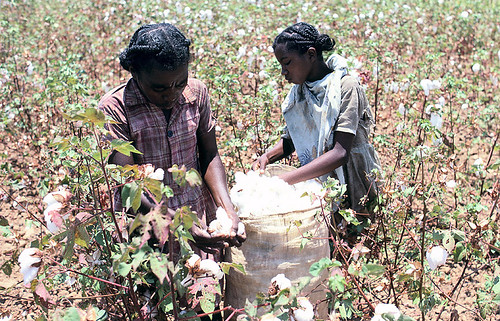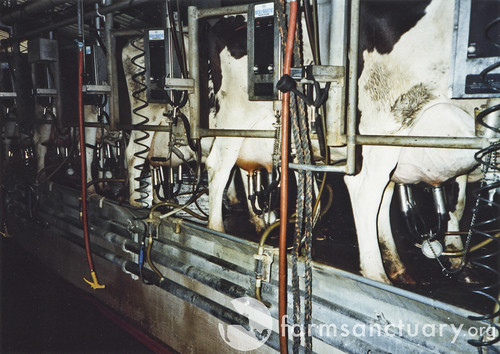March 2013
Fourteen years ago, the Institute of Science in Society (ISiS) issued a warning. It pointed out that the
artificial genes in most GM crops are activated by a very problematic
stretch of viral DNA copied and adapted from a plant pathogen, the
cauliflower mosaic virus (CaMV).
 |
| Electron micrograph of CaMV virions Image By Patou2602 (Own work) [CC-BY-SA-3.0 (http://creativecommons.org/licenses/by-sa/3.0)] via Wikimedia Commons |
This activator DNA, commonly referred
to as the 'CaMV 35S promoter', is able to switch on genes in most, if
not all, life-forms: it also has an inherent tendency to fragment and
recombine with other DNA. Outside its viral-particle origins, the
potential for these characteristics to promote horizontal gene
transfer, create new pathogens or drive inappropriate gene expression
must exist. Moreover,
synthetic versions of CaMV 35S have been rejigged to boost gene
expression: this increases the risk of all
the above properties of the promoter.




